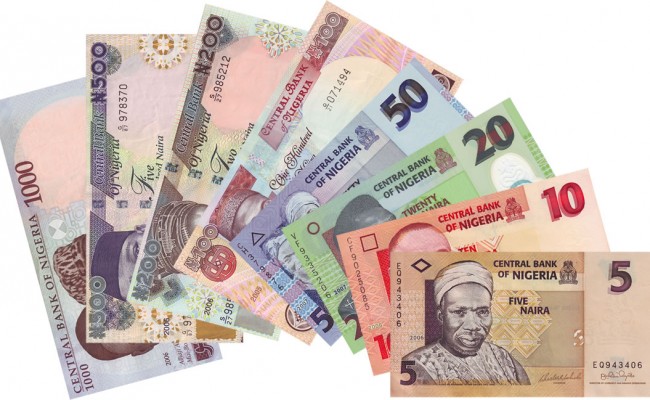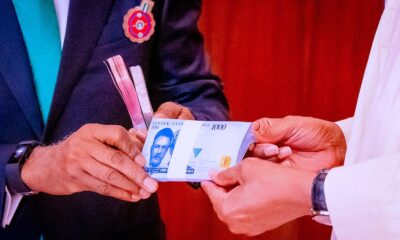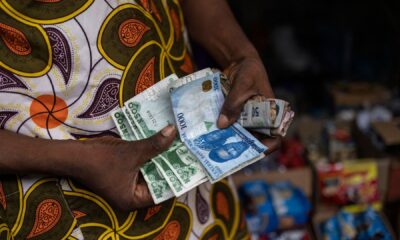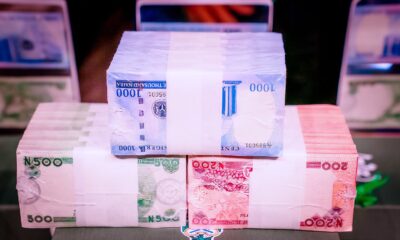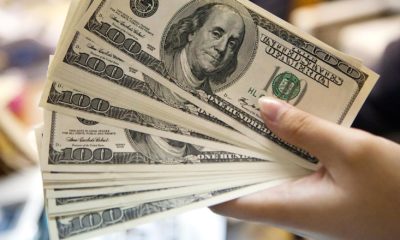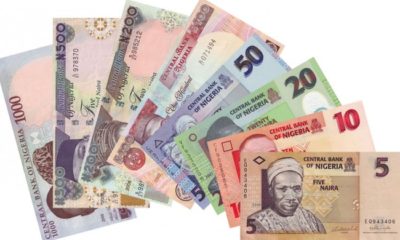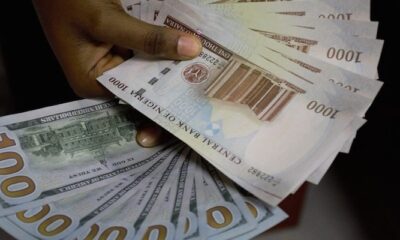On this day, 62 years ago, Nigeria got her independence from the defunct British Empire. The country did not however adopt a new currency until 1973. On the 1st of January 1973, the British pound was officially changed to the Naira as Nigerian currency at an exchange rate of £1 to N2.
Nigerian naira was very strong at the time that it was ranked ahead of the U.S Dollar. To buy one dollar in 1973, you needed just 65 kobo. Between 1973 to 1985, the Naira was so strong that you never needed up to a naira to buy a dollar.
In fact, in 1980, all you needed to buy a dollar was just 55 kobo.
However, in 1986, as a twist of fate, Nigeria found itself in a perilous situation. The economy started declining after the military regime of General Ibrahim Babangida requested a bailout from multilateral financial institutions.
The International Monetary (IMF) was Babangida’s point of call. However, like a devil, IMF would not give him something without taking something in return. IMF gave him a Second Tier Foreign Exchange Market (SFEM) as part of the reform that Nigeria must undertake.
As a military desperado who was looking for a bailout and international acceptance, Babangida obliged to the conditions.
SFEM, thereafter, served as Nigeria’s second official foreign exchange market which was opened to both Nigerians and foreigners.
Before SFEM, it was the sole duty of the Central Bank of Nigeria (CBN) to fix the exchange rate. The CBN at the time was meticulous in its job by restricting importation and implementing closely monitored foreign exchange control. These had helped the naira to trade fairly strongly against the dollar in the 1970s and early 1980s.
It was popularly believed that IMF was not comfortable with the CBN’s oversight over the foreign exchange.
By and large, by the end of 1986, the dollar had risen against the naira by more than 100%. In 1987, you will need N4 to buy $1. In 1989, it was N7.39 kobo to $1. By the time General Ibrahim Babangida left power in 1993, the naira had dramatically stumbled against the dollar, exchanging at N17 to $1.
The Naira decline did not stop with the exit of General Ibrahim Babangida. By the time he left the Aso Rock, Nigeria’s economy was already in shambles. His exit which people hoped will bring some relief only brought more hardship as General Sanni Abacha overthrew the interim government of Chief Earnest Shonekan.
Abacha’s regime was characterised by widespread embezzlement of public funds in dollars. There was corruption in almost all facets of the economy. From government offices to banking institutions. Little wonder the country still receives some of his oversea stash funds to date.
General Sanni Abacha closely monitored the CBN and ensured the dollar was majorly made available to himself and his friends. The CBN introduced the Autonomous Foreign Exchange Market in 1985 to closely monitor the movement of dollars. The thirst for importation drastically reduced which made the official rate of naira to dollar stand around N22 to $1 for five years which Abacha used in power before his death.
However, the commercial banks picked a flaw to exploit AFEM. Since the CBN’s AFEM requires all commercial banks to request dollars from the CBN, bankers came up with what was known as ‘blended’ rate.
For instance, if an importer requests $2 million from its bank, the bank will inflate the figure to $5 million knowing full well that CBN will likely not approve the full request. If CBN approves $3 million, the bank thereafter will pay their client and take the remaining $1 million to the black market where they can make more profit from dollar arbitrage.
At this time, the black market otherwise known as the parallel market was booming and striving hard. Many banks made fortunes from this dollar arbitrage.
In 1999, when Nigeria returned to democracy, the Olusegun Obasanjo regime met naira to dollar exchange at N22 but by the time he left in 2007, you will need N125 to buy $1. The fall of naira has since then continued till date.
At the close of the market on Friday 30th of September 2022, $1 was sold for N432 at the Importers and Exporters Window (I&E) while $1 was sold for N737 on the black market.
It would be recalled that the present administration met dollar to naira exchange at the rate of N197 to $1.
Investors King had earlier reported that naira has lost more than 100% of its value since the beginning of this administration. Little wonder it was ranked 11th worst performing currency in the world and 3rd worst performing currency in Africa.

